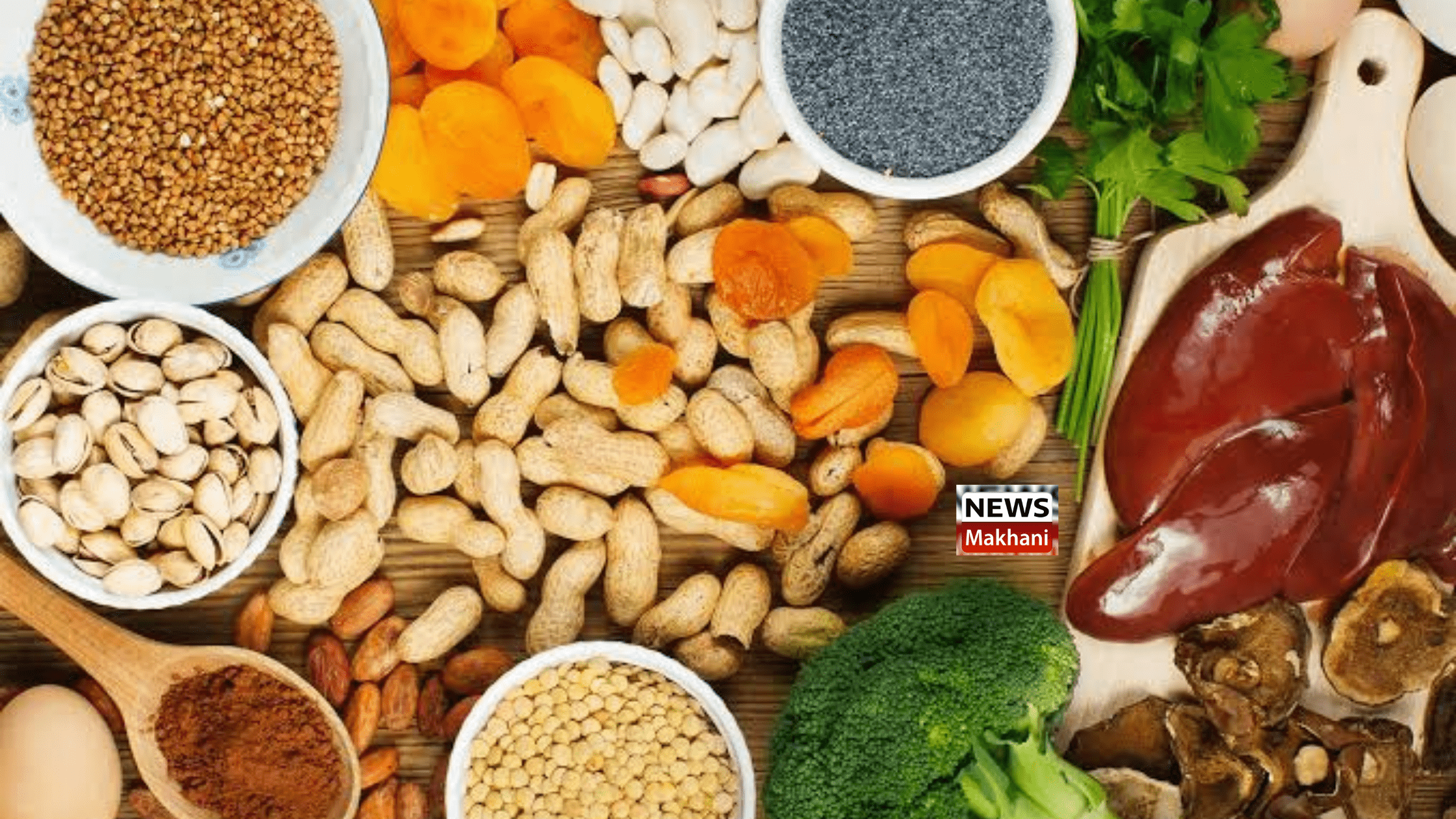Sources Of Iron
- Lentils
Lentils are iron-rich food that provide 6.6 mg of iron per cup. This constitutes around 37% of the recommended daily intake of iron. Lentils are great to include in your diet as they also provide a significant amount of protein, complex carbs as well as fibre.
- Soybean
Soybeans and foods which are derived from soybeans like tofu, natto, and tempeh are known to be rich in iron. One cup of soybeans contains 8.8 mg of iron or 49% of the total RDI. Natto is a fermented soybean product that offers 15mg of iron. Along with iron, soybeans and soy products are also rich in protein and are also a good source of magnesium, calcium and phosphorous.
- Beans and Peas
Red kidney beans, white beans, lima beans as well as navy beans are good sources of iron. These beans offer around 4.4-6.6 mg of iron per cup of cooked beans. Chickpeas and black-eyed peas are also rich in iron. They provide around 4.6-5.2 mg per cooked cup. Along with iron, beans and peas are splendid sources for potassium, manganese, folate and many other plant compounds that are beneficial for the body. Consuming beans and peas also helps to solve problems related to blood pressure, cholesterol and blood sugar levels.
- Sesame, Pumpkin And Flax Seeds
Seeds are also great when it comes to consuming vital body nutrients. The seeds of pumpkin, sesame, flax are abundant when it comes to iron. They contain around 1.2-4.2 mg per two tablespoons which comprises around 7–23% of the RDI. Seeds contain a significant amount of plant protein, fibre as well as calcium and magnesium. They are also great antioxidants that are rich in omega-3 and omega-6 fatty acids as well.
- Cashews and Pine nuts
Nuts contain iron between 1-1.6 mg per ounce. However, one should keep in mind that these nuts should be consumed raw. Roasting may damage the nutritional value of the nuts.. Nuts also have proven to be a great source of protein, good fats, and vitamins.They also help to Fight Inflammation & Premature Aging. Regularly eating nuts could help you slow the signs of aging. Make Weight Loss Easier and Boost Energy Levels!
- Green Leafy vegetables
Dark green leafy vegetables are among the most nutritious. But almost any veggie that is dark green in colour will add value to your diet. The family of dark green leafy vegetables delivers many nutrients, such as vitamin A, vitamin C, antioxidants, fibre, folate, vitamin K, magnesium, calcium, iron and potassium.
Green leafy vegetables are the best source of iron for your body. Green leafy vegetables like spinach, kale, fenugreek, lettuce, dill provide approximately 2.5-6.4 mg of iron which comprises around 14-36% of the RDI. 100 grams of spinach contains 1.1 times more than the same amount of red meat and salmon. Along with iron, leafy vegetables also contain potassium and sodium in high quantities which are essential for the body. Other green vegetables include broccoli, cabbage, and Brussels sprouts which contain 6-10% of the RDI.
Products made from tomatoes such as tomato paste, tomato sauce offer a higher portion of iron. Sun-dried tomatoes are also a significant source of iron. Apart from iron, tomatoes are also a great source for vitamin C which helps in increasing the non-home iron absorption. They are a great source of lycopene as well.
- Potatoes
Potatoes hold a significant amount of iron as it is mostly concentrated in their skins.Potatoes and their nutrients to a variety of impressive health benefits, including improved blood sugar control, reduced heart disease risk and higher immunity. They may also improve digestive health and combat signs of aging. A large unpeeled potato provides 3.2 mg of iron.Sweet potatoes contain slightly less when compared to normal potatoes. Potatoes also cover your daily requirement of vitamin C, B6, and potassium.
- Mushrooms
There are a lot of varieties of mushrooms that are available in the market. But very few varieties have iron in them. One cup of mushrooms contains approx. 2.7 mg of iron. Certain types of mushrooms like the oyster mushrooms or portobello mushrooms contain higher amount of iron than other varieties.
- Olives
Olives are actually a fruit more than a vegetable. They are a very good source of iron. Olives contain 3.3 mg of iron per 100 grams. Olives are very healthy as they are full of nutrients and vitamins like fibre, Vitamin A and E. Regular consumption of olives can also help to reduce risks of heart diseases.
- Mulberries
Mulberry is a very sweet and sour fruit which has a great dietary value. These are full of iron and also hold a good amount of vitamin C which is compulsory for the body. Consuming one cup of mulberries can provide around 2.6 mg of iron per cup.
- Whole grains
Whole grains like oats, quinoa and amaranth are whole grains that are rich in iron. Not only iron, these grains are also rich in fibre which helps in the digestive system of our body.

 हिंदी
हिंदी






